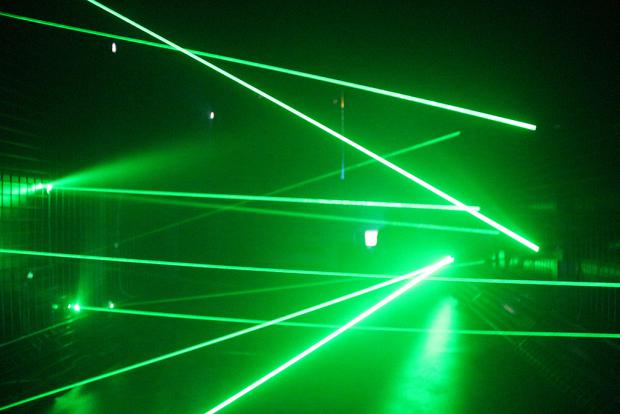
Breaking News
 Trump "Sick Of Meetings" About Ukraine War As Biden Goes Broke
Trump "Sick Of Meetings" About Ukraine War As Biden Goes Broke
 Andy Schoonover - Scam Is Over, The Old Health Care System Is Being Replaced With The New
Andy Schoonover - Scam Is Over, The Old Health Care System Is Being Replaced With The New
 Smart Glasses Are Coming for Your Face, With Wild Options for 2026
Smart Glasses Are Coming for Your Face, With Wild Options for 2026
 Why You Might Not Want to Wait Until Next Year to Buy Your Next Laptop
Why You Might Not Want to Wait Until Next Year to Buy Your Next Laptop
Top Tech News
 This tiny dev board is packed with features for ambitious makers
This tiny dev board is packed with features for ambitious makers
 Scientists Discover Gel to Regrow Tooth Enamel
Scientists Discover Gel to Regrow Tooth Enamel
 Vitamin C and Dandelion Root Killing Cancer Cells -- as Former CDC Director Calls for COVID-19...
Vitamin C and Dandelion Root Killing Cancer Cells -- as Former CDC Director Calls for COVID-19...
 Galactic Brain: US firm plans space-based data centers, power grid to challenge China
Galactic Brain: US firm plans space-based data centers, power grid to challenge China
 A microbial cleanup for glyphosate just earned a patent. Here's why that matters
A microbial cleanup for glyphosate just earned a patent. Here's why that matters
 Japan Breaks Internet Speed Record with 5 Million Times Faster Data Transfer
Japan Breaks Internet Speed Record with 5 Million Times Faster Data Transfer
 Advanced Propulsion Resources Part 1 of 2
Advanced Propulsion Resources Part 1 of 2
 PulsarFusion a forward-thinking UK aerospace company, is pushing the boundaries of space travel...
PulsarFusion a forward-thinking UK aerospace company, is pushing the boundaries of space travel...
 Dinky little laser box throws big-screen entertainment from inches away
Dinky little laser box throws big-screen entertainment from inches away
 'World's first' sodium-ion flashlight shines bright even at -40 ºF
'World's first' sodium-ion flashlight shines bright even at -40 ºF
Montreal Researchers on Track to 3 Petawatt Laser Pulses

They plan to repeat the experiment with an energy of 3 petawatts (3000 trillion Watts – 13 joules over 5 femtoseconds).
ALLS/LSF (Advanced Laser Light Source/ Laboratoire de Sources Femtosecondes) is a unique infrastructure of international caliber located at the Varennes campus of INRS-EMT (20 minutes south-east of Montreal).
Many research groups are amplifying the energy of the laser to increase its power, but this approach is expensive and requires beams and optics that are very large, more than a meter in size.
A team from Canada, Russia and France have chosen another direction to achieve an intensity of around 100 billion trillion Watts per square centimeter. Lasers that intense will be able to break the vacuum and generate particles. Rather than increasing the energy of the laser, they decrease the pulse duration to only a few femtoseconds. This would keep the system within a reasonable size and keep operating costs down.
By extending the concept of thin-film compression to a thin plate, nonlinear post-compression from 24 fs to 13 fs of sub-petawatt laser pulses is demonstrated experimentally using a 1 mm-thick silica plate and chirped mirrors with a total anomalous dispersion of −50 fs2. The measurements were implemented with a specially designed dispersionless vacuum frequency-resolved optical gating, which is based on second harmonic generation of tested pulses in a 10 μm β-barium borate crystal glued on a 1 mm fused silica substrate. The used compression scheme is implemented in a geometry compatible with high power on-target experiment realization.



